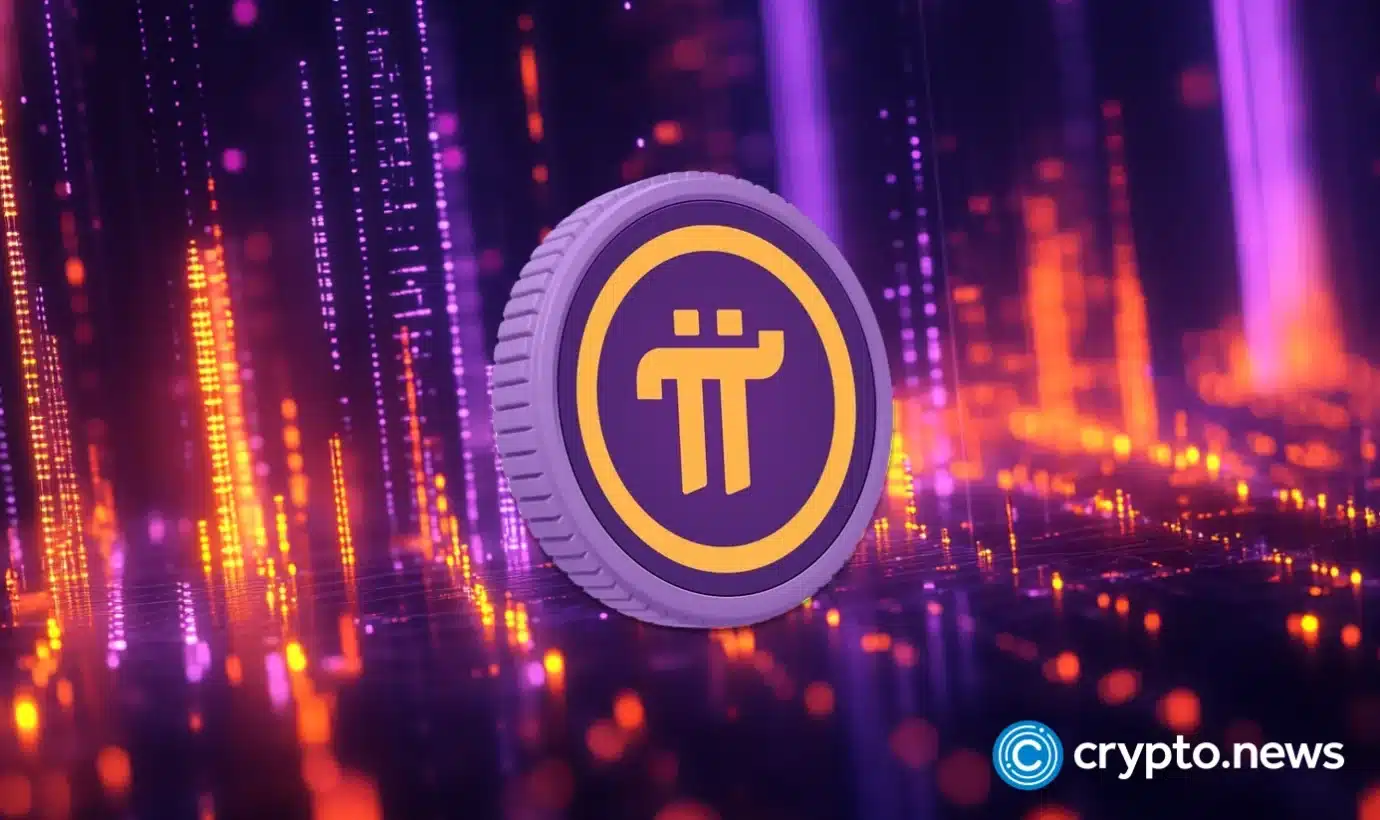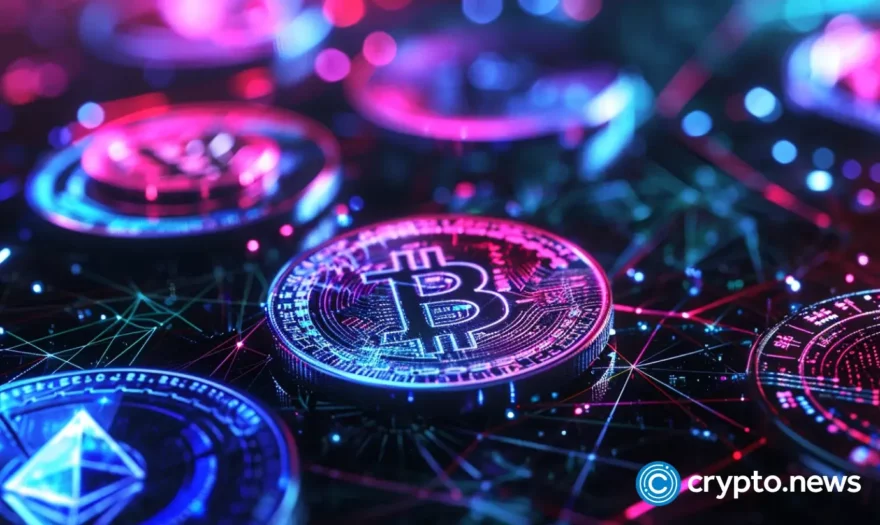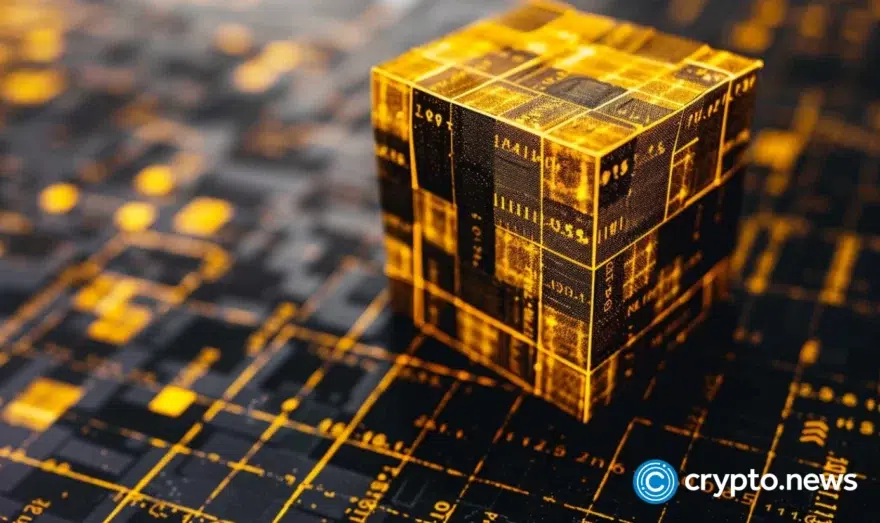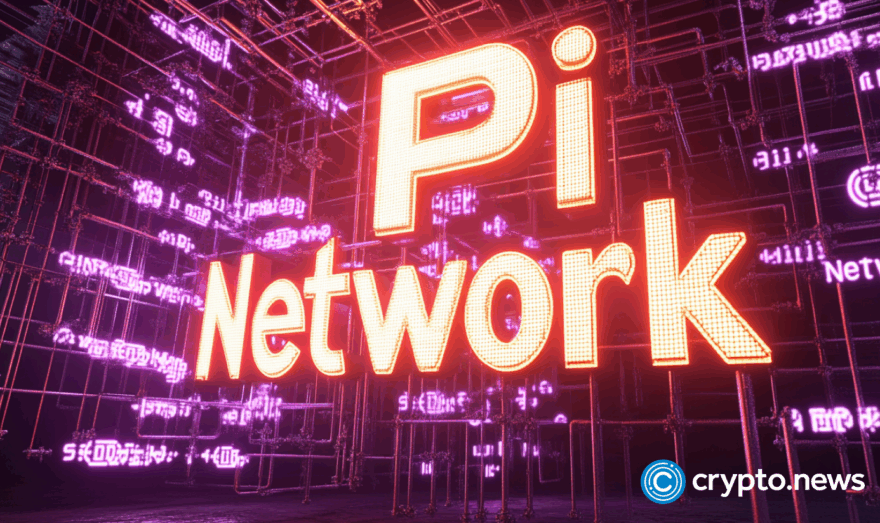Exclusive: Pi Network co-founders discuss mainnet launch, future, and tokenomics

Ahead of the Pi Network mainnet launch which took place on Feb. 20, crypto.news had the opportunity to conduct a Q&A with Pi Network’s co-founders, Dr Nicolas Kokkalis, who is head of technology and Chengdiao Fan who is head of product.
Pi Network now has 100 apps ready for mainnet. What is the strategy to ensure mass adoption of these apps?
The Pi (PI) ecosystem, currently with over 100 Mainnet or Mainnet-ready apps, is fully functional and designed to be accessible and offer a seamless user experience through the Pi Browser, the interface to the ecosystem, and its utilities.
The Pi Browser allows for easy navigation, facilitating a single sign-in for Pioneers that works across all integrated Pi Apps. It also enables intuitive and secure in-app payments through the official Pi Wallet app, which is directly integrated into the user experience.
Moreover, PiNet allows for Web3 Pi apps to be visible and shareable via Web2 browsers, creating a kind of “loop” where Pi’s millions of users can share apps and support the network’s utility at the same time.
Overall, these features make it as easy as possible for developers to build, and users to use and engage with the ecosystem, which thus promotes developers to further build and improve Pi apps.
While developer tools are essential, the ultimate mass adoption of these apps relies on developers and businesses continuing to establish real utilities, and providing genuine use cases to the Pioneer community.
With millions of Pi tokens, how do you plan to prevent hyperinflation and create a long-term model?
Pi Network (PI) is designed with a carefully structured tokenomics model that seeks to balance accessibility, supply, and long-term utility. Our goal is to ensure that Pi remains stable by having a fair and wide distribution of tokens, and facilitating real-world use cases of Pi. Here’s how this was achieved:
Pi promotes growth and accessibility while addressing potential stability concerns by having a declining token issuance model and enforcing identity verification as a requirement to obtain Pi.
Alongside tokenomics is Pi’s mining mechanism, which balances the network’s need for growth, accessibility, longevity, and supply while right-sizing users’ rewards for contributions (including actions like security circles, using utility-based Pi apps, running Nodes, etc.) to the network.
The model does this in part using a systemwide base mining rate that is (1) multiplied into each individual’s overall mining rate calculation and (2) adjusted dynamically based on a monthly supply limit (which is calculated based on the remaining total supply).
The overall mining rate possible for each user may therefore increase or decrease monthly based on such supply and other factors—declining exponentially as Pi gets closer to supply limits rather than allowing endless, inflationary growth. Read the Mainnet Whitepaper chapters for detailed information on how the formula exactly works.
Additionally, Pi Network as a whole is built around developing and providing long-term utility and use cases for its millions of users. By focusing on apps that solve real needs, merchant adoption in local commerce, and accessibility, Pi continues to function as an intrinsically motivated project with real utility backing its token.
You have claimed that you expect Pi to be widely adopted by merchants. How will you ensure this happens on a global scale?
Pi Network has enabled global merchant adoption by providing a complete ecosystem experience on Pi through apps and utilities in the Pi Browser, an active user base, and overall accessibility.
For example, PiFest 2024, a one-week event, facilitated the transaction of Pi for goods and services between Pi merchants and Pioneer shoppers on a local level, attracting over 27,000 active sellers and 28,000 test merchants across 160 countries, and participation of over 950,000 Pioneers within just a few days.
PiFest showcased Pi’s complete ecosystem for local commerce integration, connecting store discovery through Map of Pi, payments via Pi Wallet, transactions on the Pi Mainnet blockchain, and social sharing on Fireside Forum—all seamlessly working across different existing Pi applications
Pi’s robust infrastructure, global user base, and real-world utility make it a scalable solution for merchants. With adoption already in place, Pi is positioned to become a widely accepted global token for local and online commerce.
Why has it taken so long to launch the Open Network?
The unique and innovative design of Pi’s Enclosed Network period was a strategic choice designed to build a network of true substance and utilities with the best interest of the network, the community and individual Pioneers in mind.
Historically, any meaningful creation in the world takes time, be it a scientific discovery, a technological innovation, or an impactful company. While people can fixate on short, optimistic timeframes of crypto projects, such a time frame is actually not the norm for true utility creation.
Growth to such a large social network itself takes time, but this is a necessary environment and condition that can give rise to real-world utilities more focused on solving human needs in everyday life.
The current Mainnet Phase 3 began in December 2021 with the launch of the Enclosed Network period, which meant Mainnet was live but with a firewall that prevented any external connectivity. This period set the stage for Open Network, allowing time for:
- Pioneers to complete KYC;
- Developers to build real apps and utilities for the Pi ecosystem; and
- Merchants to integrate. For example, the achievement of the local commerce integration with Pi mentioned before was made possible during this Enclosed Network.
Now, as a result of the hard work and commitment from the entire Pi community over the last six years, Pi Network is taking the enormous next step in achieving the vision to build the world’s most inclusive peer-to-peer ecosystem and online experience, fueled by Pi, which the Pi community hopes will be the world’s most widely used cryptocurrency.
Pi is ready to open our flourishing utilities-driven ecosystem where our now over 19 million identity-verified Pioneers can use Pi—a cryptocurrency with real-world functions and applications backing it.
What are the benefits of Pi to merchants vs other tokens, especially stablecoins?
In addition to what is shared under Question 3, the focus of the project has been to emphasize the scale of Pi’s distribution around the world: over 60 million Engaged Pioneers and 10 million Mainnet-migrated Pioneers, the accessibility that allowed for such growth, and the design of the Pi ecosystem that allows for a seamless, engaging user experience.














